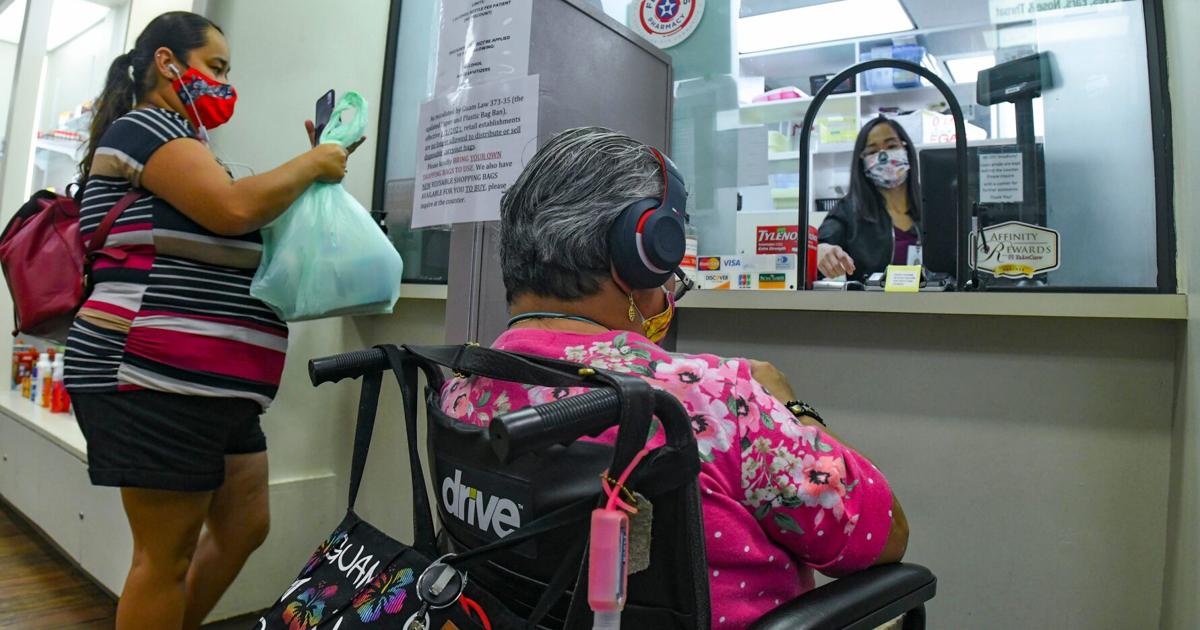Copyright guampdn

I am writing this letter in response to a Pacific Daily News article concerning potential pharmacist licensing changes and weight loss medication compounding issues published on June 20, 2025, titled, “Pharmacists may soon skip local licenses under new national model.” Though the weight loss medication is not included in the title, I considered it very important and therefore intend to address both topics in this letter. In the article, Guam Board of Examiners for Pharmacy member Angie Eustaquio mentioned that the interstate privilege licensing model would be voluntary for states and territories to join. Guam could largely benefit from joining the interstate privilege model. According to the Bureau of Labor Statistics, in May 2024,there were 70 pharmacists employed on Guam and 130 pharmacy technicians. More updated statistics were released via a Facebook post on the governor’s page in October 2024 stating that there are 372 licensed pharmacists, only about 100 of whom are actively practicing on the island while supported by 153 registered certified pharmacy technicians. The World Health Organization benchmark recommendation is about greater than or equal to 5 pharmacists per 10,000 population. According to the Bureau of Labor Statistics, the U.S. has roughly 334,400 pharmacists nationwide, averaging 10 pharmacists per 10,000 people. Guam falls below both the average national and recommended pharmacist density average at about 4.1 per 10,000 people. The interstate privilege licensing model could help increase pharmacist density on Guam. This could lead to a multitude of benefits, including lower risk of health professional burnout as pharmacists can help with taskshifting delegations such as vaccination administration. They can also lead interventions such as medication monitoring and patient education all of which increase quality of patient care through increased access and patient safety (Thorakkattil, 2024). Concerning the article’s second topic of violations related to GLP-1 medications, the article did not go into much detail into the cases. The misbranding violations that have been observed by the U.S. Food and Drug Administration, FDA, this year include labels lacking adequate directions of use, products being labeled “the same as” despite not being FDA-approved, and illicit online sales of GLP-1 drugs that are not even labeled for human use or consumption (ie: being labeled for research purposes only). Such violations have been fueled by the high cost of brand name GLP-1 medications partnered with the increasing demand and supply shortages. These violations pose significant safety risks because the misbranded drugs may not meet standards in quality, safety, or efficacy especially if they have not undergone the FDA approval process. The inadequate labeling has a high likelihood of leading to improper use or dosing. Medical cases that result from these dangers could undermine patient trust in the approved GLP-1 products, as well as breed mistrust in the health system overall. The FDA has taken several measures to address these violations, including warning letters that went out in September bringing awareness to the public and warning letters to firms/companies that have been connected with violation cases. The FDA has also put out statements explaining the resolution of supply issues that therefore eliminate the need for compounding companies to make copies of the drug. In the PDN article from June, Eustaquio insinuates that Guam may not be directly affected by this issue. However, Guam has all of the preconditions that could lead to it becoming something we witness first hand. Guam has a large diabetes burden of 19.1% in 2021, which has more than doubled in the past 10 years, according to the World Bank. We also have a higher than national average of obesity prevalence at 39% (Leon Guerrero et al, 2020). Expensive branded drugs are even more expensive on Guam due to shipping costs. In addition, Guam has many patients that rely on off-island pharmacies and many members of the community rely on medical tourism due to the shortage of on-island providers. The population’s heavy reliance on off-island health resources indicates the reason for this GLP-1 issue to be treated as if it is already here because from a structural point of view, it already is. In conclusion, though voluntary to join the interstate privilege model, once presented with the choice, all of the aforementioned information regarding potential benefits to Guam would be helpful to keep in mind. In addition and more urgently, we should treat the GLP-1 compounding issues with great caution because of our local health care structure and monitor with vigilance as if it is already here.



